For eight minutes and 46 seconds, then police officer Derek Chauvin wedged his knees on the neck of George Floyd, a 46-year-old unarmed African American, on May 25, 2020. His colleague Alexander Kueng fixed the thighs, a third the tied arms.
Floyd was lying on the floor next to the police car in the middle of a Minneapolis street. He had recently been accused of paying with a fake dollar bill in a store.
“Please, please, please, I can’t breathe,” Floyd gasped, pleading for his life about 20 times. His last words were reminiscent of the African American Eric Garner, who died in a police stranglehold in 2014.
A video captured the images of the brutal arrest, which caused horror around the world
–
Even after Floyd was passed out, the police officers persisted. They didn’t release their grip until the ambulance arrived – almost two minutes after Kueng reported to prosecutors that he had lost his pulse on Floyd.
Floyd was later pronounced dead at a local hospital. Passers-by had filmed the incident, and surveillance cameras recorded the brutal use. The judicial processing of this incident begins on this Monday. As a first step, the court will nominate the jury members.
Summer of protests
Although George Floyd wasn’t the first African American to die at the hands of US police officers, this time the pictures went around the world. His death sparked new mass protests, more than any other before, and gave the Black Lives Matter movement a new impetus.
This was originally founded in 2013 after the acquittal of the US police officer George Zimmermann. In June 2012, he shot a 17-year-old unarmed black teenager whom he believed was a suspect.

No more discrimination: George Floyd’s death sparked global protests
–
After Floyd’s death, thousands took to the streets not just in Minneapolis, but around the world. The demonstrations were initially peaceful, but later there were increasing reports of looting, vandalism and even shootings.
The US National Guard was mobilized after government officials – including former President Donald Trump – accused some protesters of engaging in “domestic terrorism”.
Statues symbolizing racial injustice have been demolished around the world. In Belgium, activists defaced symbols of the Belgian King Leopold II, who colonized the Democratic Republic of the Congo. Millions of Congolese were killed under his rule.
In the UK, protesters tore down a statue of Edward Colston, a 17th century slave trader. Some of the largest protests outside of the United States took place in Germany. The demonstrators demanded a settlement with their own colonial past and a critical stance on racism in the country.
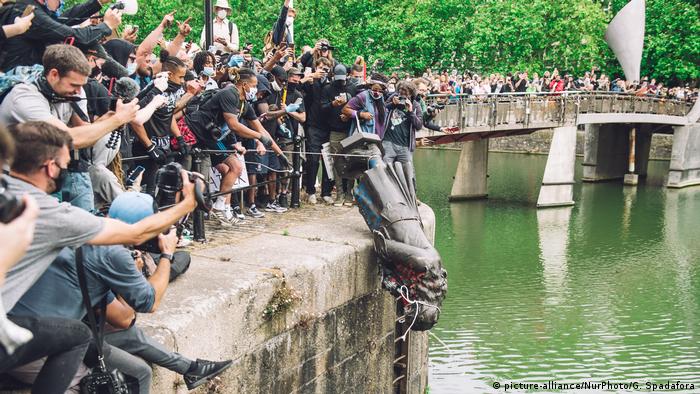
Protesters throw the statue of former British slave trader Edward Colston in Bristol into the Avon River
–
Shocking video
There are many reasons why George Floyd’s death caused such a huge public outcry, says David Elcott, a professor at New York University who specializes in social movements.
“In enough places there were enough circumstances that seemed suspicious,” he said. Suddenly a critical mass had been reached that saw that something was fundamentally wrong.
Elcott compares this effect to a chemical phenomenon. “You have a clear liquid and you add a drop, then two, then three drops, and nothing happens. But then the fourth drop comes and suddenly the whole thing changes its color.”
In addition, the video that circulated of George Floyd’s death contributed to the mobilization, says Kenneth Nunn, law professor at the University of Florida who deals, among other things, with police violence. “It’s horrific,” he says. One gets the impression that ex-policeman Chauvin is not doing this for the first time.
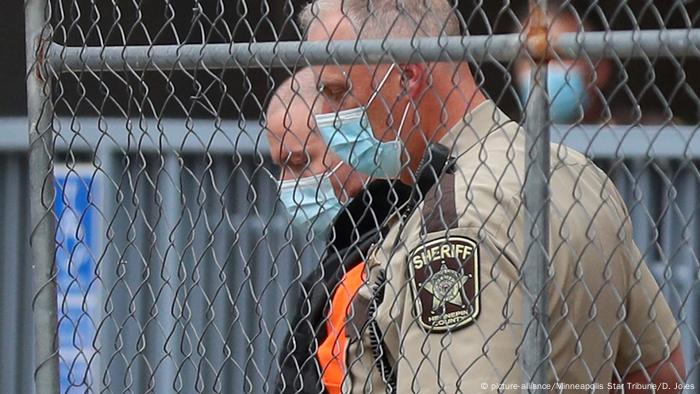
Ex-police officer Derek Chauvin will have to answer in court from Monday
–
On the other hand, the video shows that Floyd is keeping quiet. So there are no factors that would reduce the public’s sympathy for the arrested person, he says.
Finally out in the open?
Paradoxically, the corona pandemic could also have fueled the global protests – even if the demonstrators violated the curfews in many cities. Scientists Nunn and Elcott believe that it was precisely these pandemic-related restrictions that contributed to the widespread support.
People had little else to do this summer 2020, says Nunn, and were eager to get out of their homes. According to Elcott, historically it is not unusual for people to demonstrate against racial injustice, especially in the summer months.
Despite mass protests and riots, not much has changed within law enforcement agencies, says Nunn. “The problem has been known for so long. In the United States, the police are trained as if they were at war,” he says. “It will be some time before that changes.”
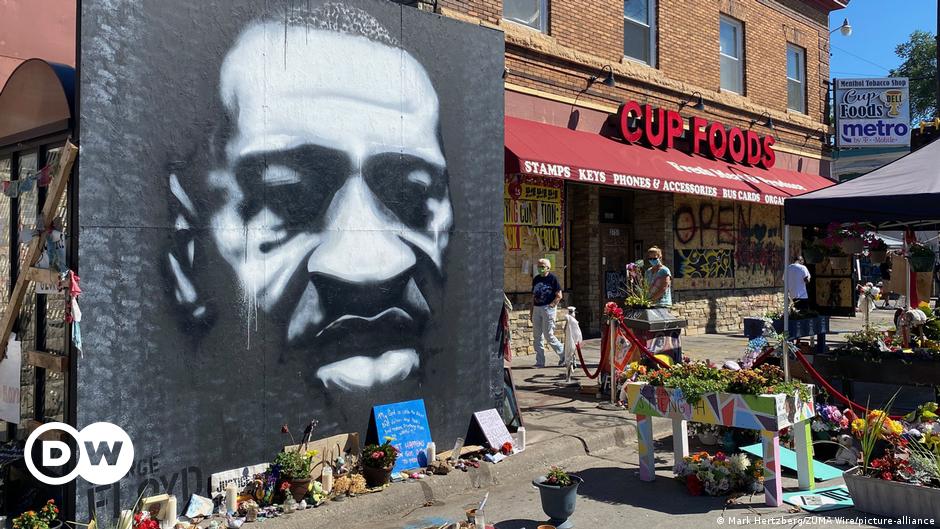
 –
–
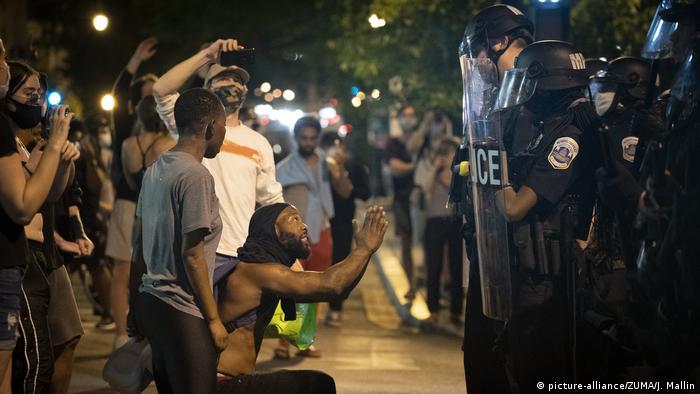 –
–
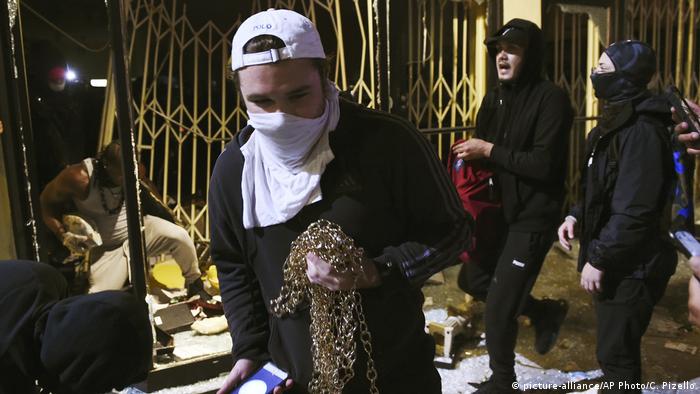 –
–
 –
–
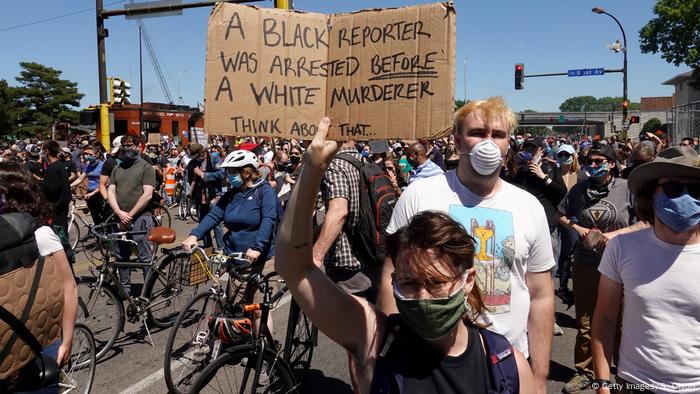 –
–
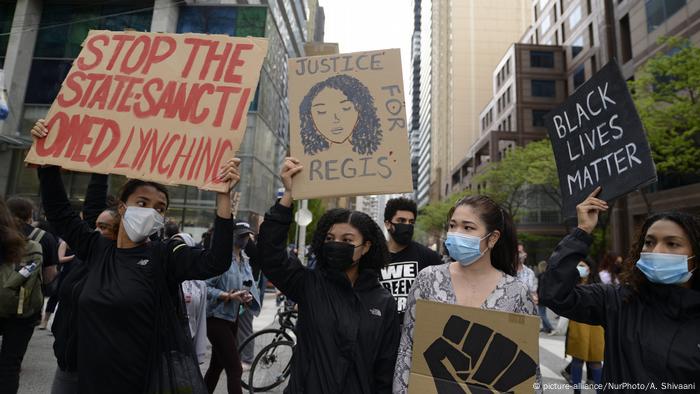 –
–
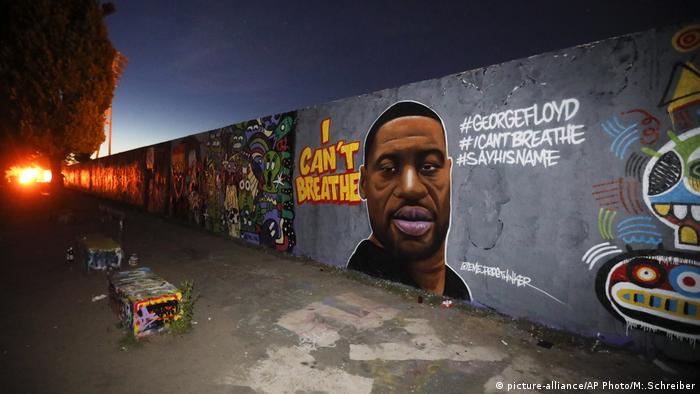 –
–

